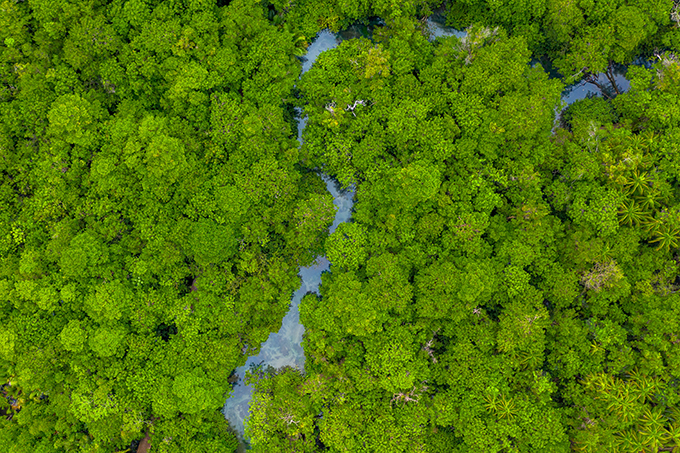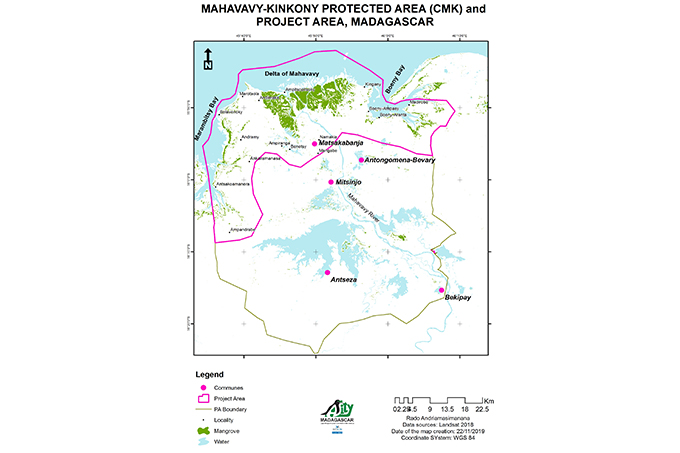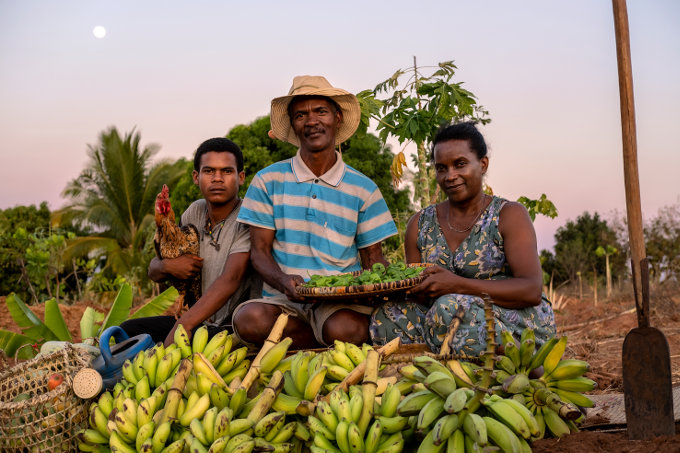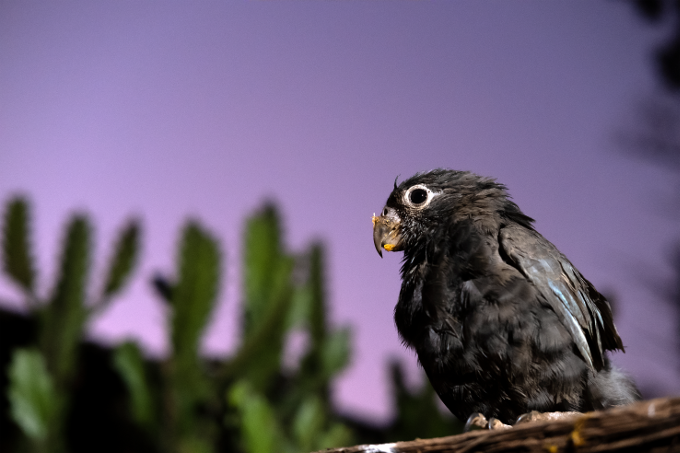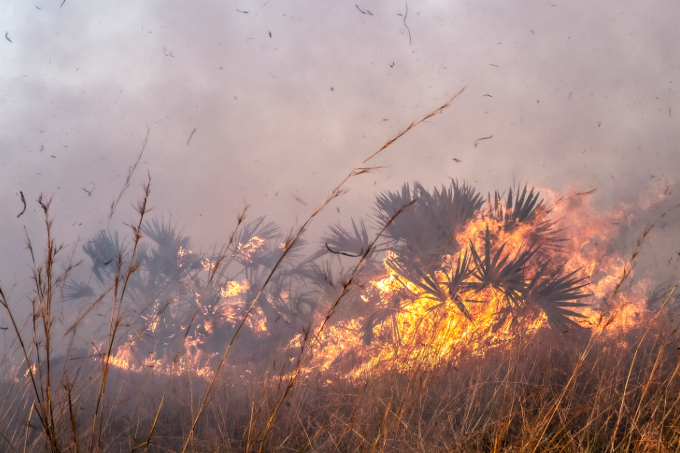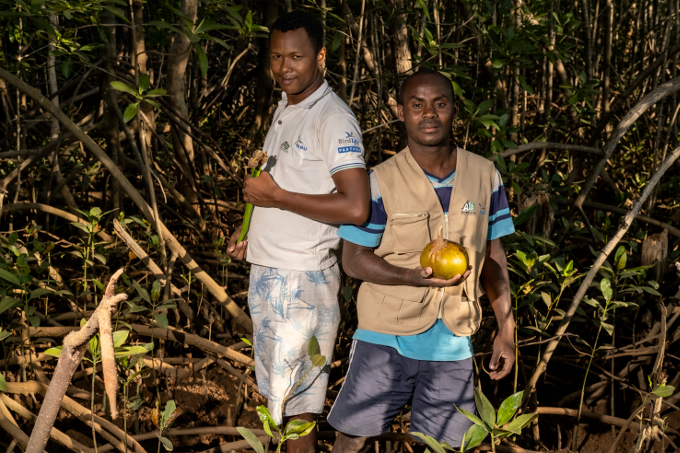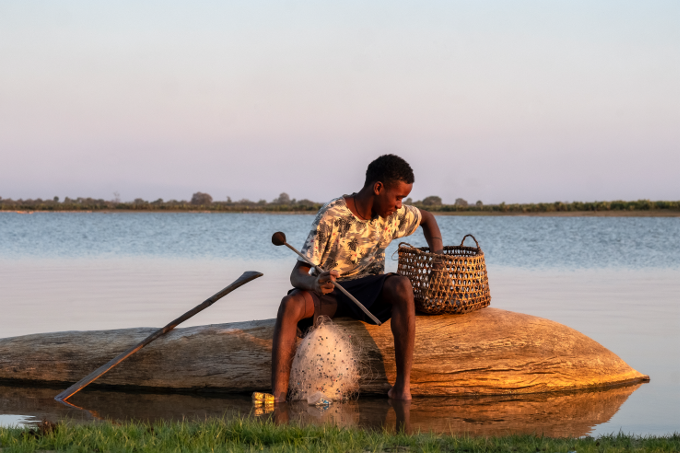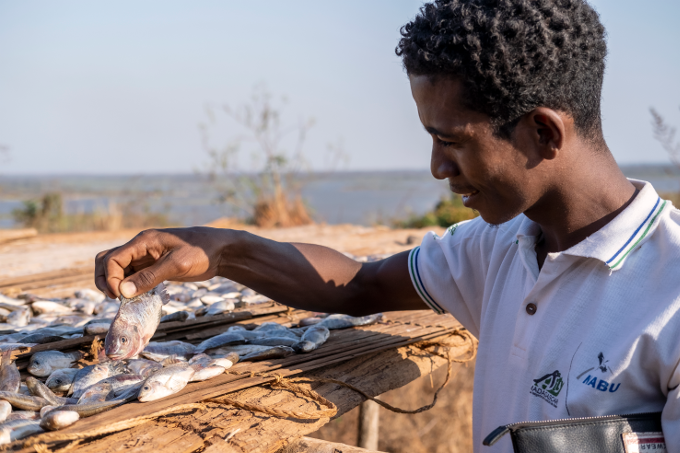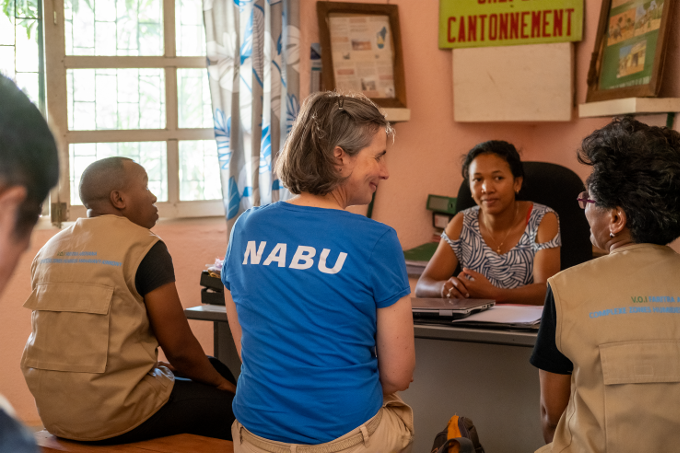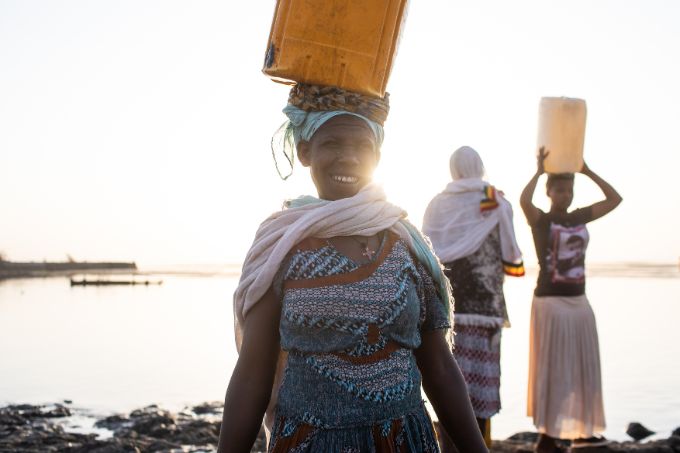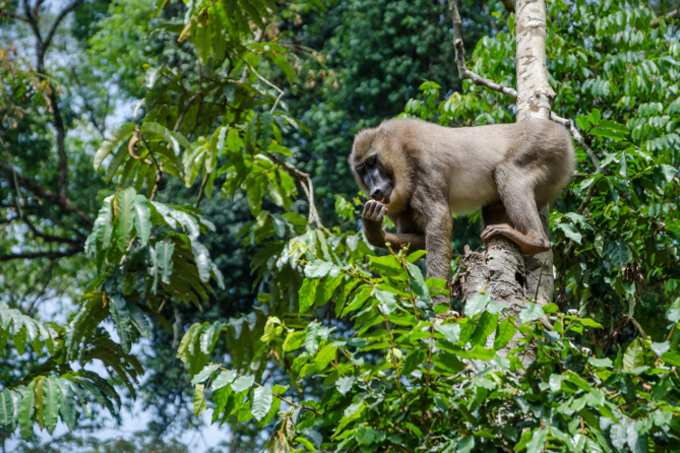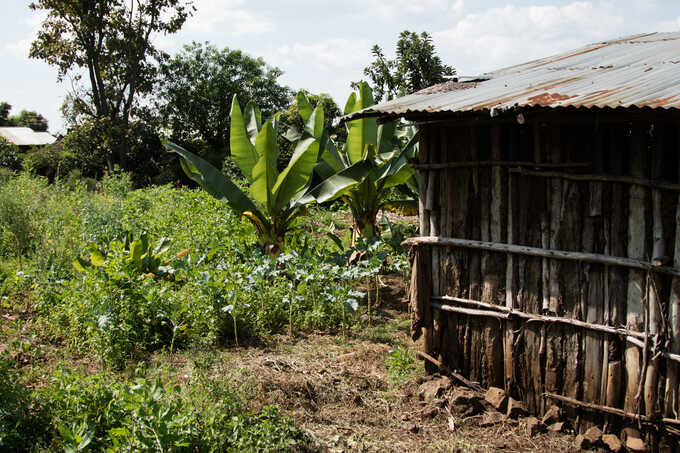Green coasts for Western Madagascar
Nature conservation and sustainable resource use at the Indian Ocean
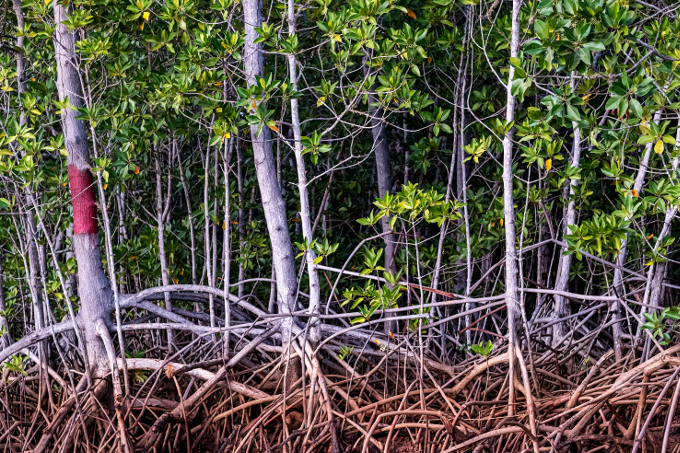
Coastal ecosystems, such as mangrove forests, provide valuable ecosystem services to the local communities. - photo: haddadToni
Madagascar is part of the 'Madagascar and Indian Ocean Islands Hotspot', one of the 36 biodiversity hotspots worldwide. Its coastal areas - reaching from mangrove forests to coral reefs - offer diverse ecosystems and a rich variety of species. More than 50 per cent of Madagascar's population lives near the coast and depends on its ressources. However, Madagascar's terrestrial and marine habitats are under enormous pressure, jeopardizing ecosystem services, biodiversity and human livelihoods. In addition, the island state is facing severe climate-related disasters such as cyclones, floods and droughts every year.
Particularly in the remote coastal regions of Madagascar, the local population suffers from poverty due to a lack of employment and income opportunities, inaccessibility during the rainy season, poor soil and low agricultural yields. The effects of climate change, lacking adaptation measures and destructive agricultural and fishing practices exacerbate these effects. The intensive utilisation of sensitive coastal and marine ecosystems leads to serious degradation, erosion and a decline in essential ecosystem services.
Our approach
Through the project, we have empowered the coastal communities in the Mahavavy-Kinkony protected area to adapt to the effects of climate change and improve their livelihoods. Among other things, NABU and Asity Madagascar have implemented measures to create a higher and sustainable income for the local population, for example through trainings and equipment for sustainable fish farming and handicrafts.
Income generation through sustainable use of local resources
By developing local marine and terrestrial value chains the project generated a higher and more sustainable income for local communities while conserving coastal ecosystems. The following activities have been implemented:
- Survey on marine value chains and piloting of most suited value chains
- Expansion of fish farming in freshwater ponds for additional income and reduction of the pressure on marine resources
- Improvement of quality local handicraft production and marketing with 60 women for income generation
- Socio-economic monitoring
Marine protection and adaptation to climate change
The project strengthened the climate resilience of coastal ecosystems and agriculture and promoted the long-term safeguarding of ecosystem services:
- Piloting of Climate Smart Agriculture methods
- Erosion control through afforestation of mangrove forests, reforestation of gallery forests and afforestation of dry forests
- Assessment of condition of marine ecosystems and development of a tailor-cut conservation and use concept
- Regional and local awareness creation campaign
- Coastal monitoring
- Introduction of fishing regulations in order to reduce illegal exploitation
Capacity development, monitoring and communication for enhancing the management of the protected area CMK
The project also focussed on building the capacity of local communities for improved community-based protected area management. The following activities were carried out for this purpose:
- Strengthening of the community-based protected area management through capacity development
- Community demarcation of coastal conservation and use zones and community-based monitoring
- Enhancement of the CMK management platform MMZ and networking with the protected areas network Nouvelles Aires Protégées, NAP
- Communication and environmental education programme
The Mahavavy-Kinkony protected area
The project focussed on the coastal zones of the Mahavavy-Kinkony Complex (CMK) protected area in the Boeny region in the northwest of Madagascar. The protected area covers 302,900 hectares of the Mahavavy river delta, extensive mangrove forests, dry forests, wetlands and Lake Kinkony. With the support of Asity Madagascar, the area was transformed into a community-managed protected area in 2007. Together with the local population, a management plan with utilisation zones was developed, which regulates the use of buffer and peripheral areas and prohibits access to zero-use zones.
-
Together with local communities, we developed ways to use natural resources sustainably to support livelihoods and protect ecosystems. - photo: haddadToni
-
Like many other species, the Lesser Vasa Parrot (Coracopsis nigra) depends on intact ecosystems. This one has just gorged itself on a mango. - photo: haddadToni
-
Combined with the climate crisis, destructive practices such as slash-and-burn agriculture are having a disastrous impact on the region's natural environment. - photo: haddadToni
-
Afforestation of forests, especially mangrove forests, protects against erosion. - photo: haddadToni
-
Members of Asity Madagascar hold the seeds of two different mangrove species found in the protected area. - photo: haddadToni
-
A fisherman, Enzo (17), reaches to the bottom of his basket for the catch destined for his family after 8 hours of fishing on the Kinkony lake (second largest natural lake in Madagascar). - photo: haddadToni
-
Together with Asity Madagascar, we promoted the expansion of sustainable fish farming in freshwater ponds to reduce pressure on marine resources. - photo: haddadToni
-
NABU and Asity Madagascar supported the women's association Fandimaky to sustainably secure the women's income through better marketing of locally handmade products from raphia. - photo: haddadToni
-
Robin (58) makes a living from selling handmade products. The raphia products from Fandimaky women's association are sent to her to reach a wider market. - photo: haddadToni
Project facts
Project title
Green coasts for Western Madagascar
Country / Region
Madagascar / Mahavavy-Kinkony Complex (CMK)
Period
October 2020 to December 2024
Partners
Asity Madagascar
Sponsored by / Supported by
German Federal Ministry for Economic Cooperation and Development (BMZ)
With this project we are contributing to the following SDGs
SDG1, SDG2, SDG8, SDG9, SDG11, SDG12, SDG13, SDG14, and SDG15
related topics
The ecosystem faces severe strain from population growth, climate change, and industry. NABU Ethiopia's initiative addresses these challenges by enhancing regional sustainability and conservation through collaborative, community-driven efforts. more →
Iko Esai in Nigeria, Africa, is home to precious tropical rainforest and extraordinary biodiversity, including gorillas, chimpanzees and forest elephants. In collaboration with local communities and partners, NABU protects the forest and secures livelihoods. more →
The project Green Change builds the resilience of people and nature in times of climate crisis. Our work in the Yayu Biosphere Reserve supports sustainable land use, the planting of old varieties and the empowerment of women and youth through generated income. more →

